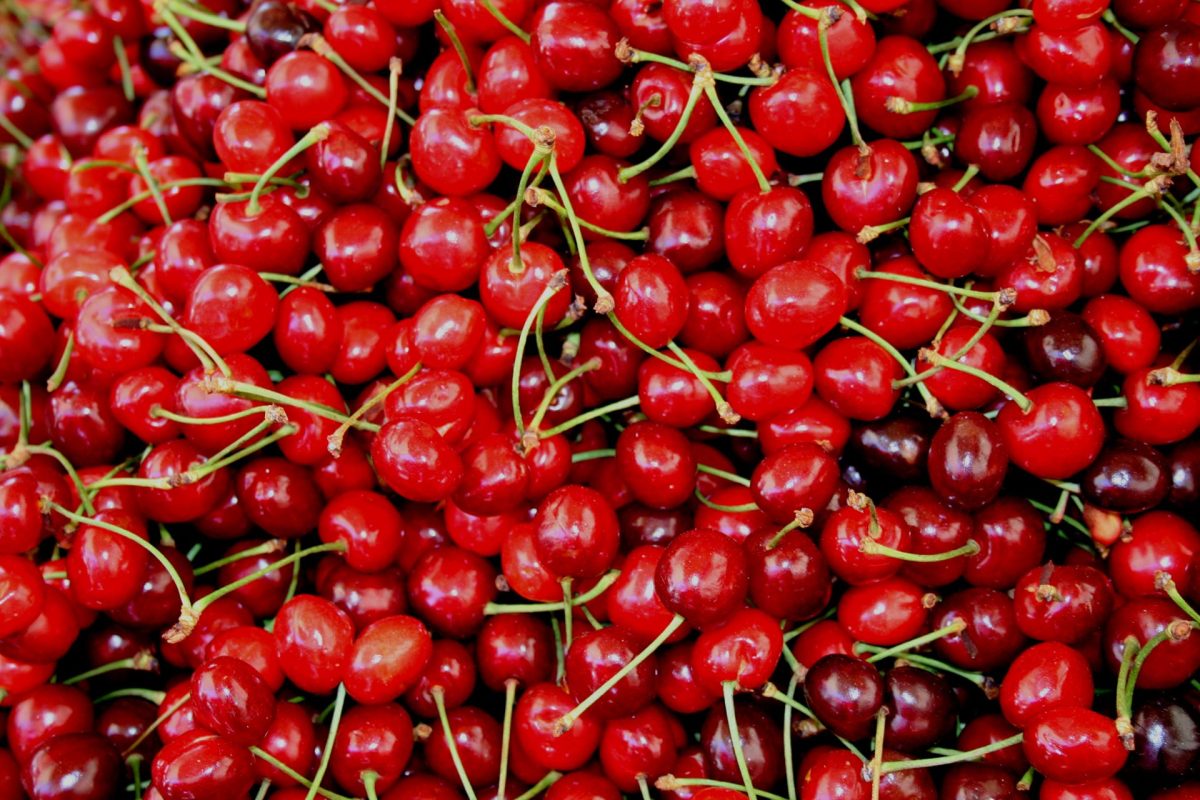YETRAC
Cultivating Sour Cherries: Optimal Climate and Soil Conditions for Successful Growth
Cultivating Sour Cherries: Optimal Climate and Soil Conditions for Successful Growth
Cherry cultivation is practiced in almost every region of our country, experiencing no significant issues in terms of production and marketing. Cherries start yielding at 4-5 years of age, reaching full and economic productivity at 8-10 years. Their economic lifespan is approximately 20-25 years. Despite thriving in temperate climates, cherries exhibit higher resilience to cold and heat compared to other fruits, adapting well to climate variations.
CLIMATE REQUIREMENTS
In cherry cultivation, particularly in Kütahya, the crucial climate factor to consider is the temperature during the flowering period. While flower buds can withstand temperatures as low as -2.4°C, open flowers freeze at -2°C. In areas with over 400mm of rainfall, cherry cultivation can be carried out without the need for irrigation.
SOIL REQUIREMENTS
Well-drained, deep, aerated soils that can be consistently irrigated during the summer months are the most suitable for cherry cultivation. Cherries are tolerant to various soil types, including dry, sandy, or calcareous soils. The use of the “Idris” rootstock enhances cherries’ resistance to drought.
CHERRY VARIETIES
Two cherry varieties are recommended for cultivation, both of which are self-fruitful, eliminating pollination issues.
- Kütahya: Very late-season, round, large fruit (6.79 g), dark purplish-wine color, very firm, very juicy, slightly fibrous, and of excellent quality. Highly productive trees with no fruit cracking.
- Montmorency: Late season, round fruit, moderately large (4.62 g), red-colored, moderately firm, juicy, and of good quality. Highly productive trees with no fruit cracking.
ORCHARD ESTABLISHMENT
When establishing a cherry orchard, a single variety can be planted as there is no pollination issue with cherries. However, incorporating a second variety can enhance overall yield. Planting distances are determined by soil conditions, rootstock, irrigation, and fertilization. For grafted cherries on cherry rootstock, the spacing is typically 5 x 5 or 6 x 6 m.
IRRIGATION
If annual rainfall is 400 mm or more, there is no need for additional irrigation in cherry cultivation. However, in areas with lower rainfall, irrigating 2-3 times a year is beneficial for both vegetative and generative development.
FERTILIZATION
During the initial establishment phase of cherry orchards, it is recommended to apply 2-3 tons of well-rotted farmyard manure and 13-15 kg/ha of diammonium phosphate (DAP) per hectare. As a top dressing, 1.4-1.7 kg of ammonium sulfate (21% AS) can be applied. Vigorous fertilization during the initial years of tree formation is discouraged, as it may delay fruit formation. For bearing trees, annual inorganic fertilization should be based on soil and leaf analyses.
PRUNING
Cherries typically form a more spreading crown compared to other fruit trees. Therefore, cherries are generally pruned in a modified leader (different leader branches) system. Saplings, preferably 1.5-2 cm in diameter and 150-200 cm tall, should be one-year-old and robust. Their tops are cut at 60-70. Four lateral branches, excluding the leader, should be selected, spaced 30 cm apart on the main stem, with an angle of 45-60° between them. Once the canopy is formed, trees should be minimally pruned until they flower. Throughout their lifespan, cherries require light pruning. If the tree has grown too tall, the crown should be pruned to the desired height.
HARVEST
In these types, cherries significantly increase in size as they approach harvest, leading to a 35-40% increase in yield. Due to economic considerations, cherries are usually harvested once, and typically by hand, including the stems. Care should be taken not to break the fruit stalks during harvesting. In normal yield periods, the average yield for cherries is 1,000 kg/ha.

